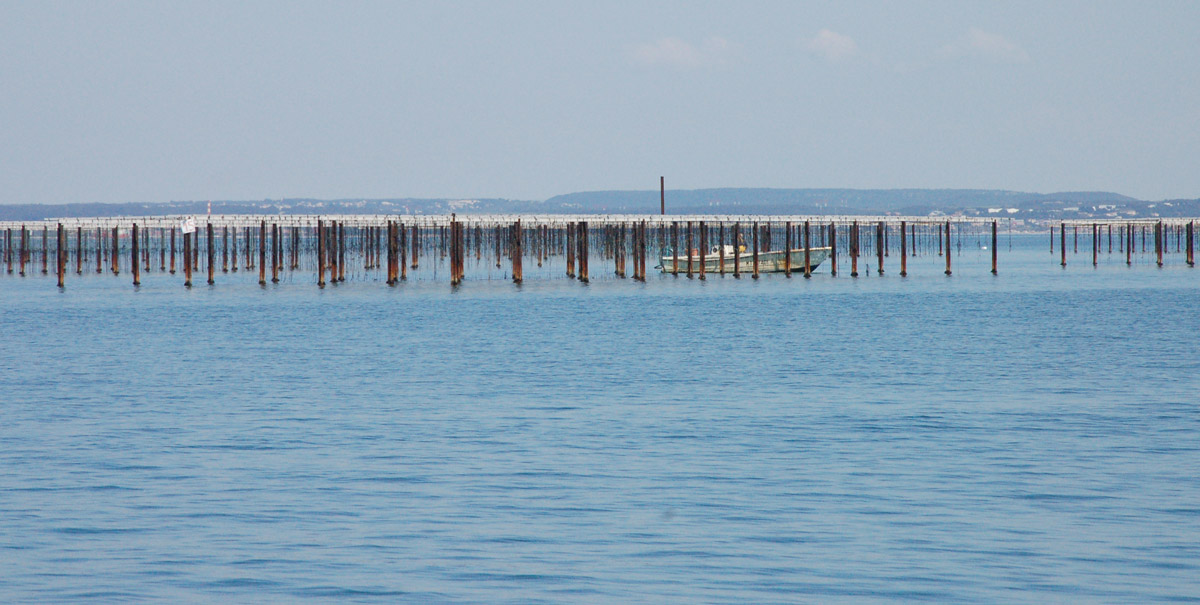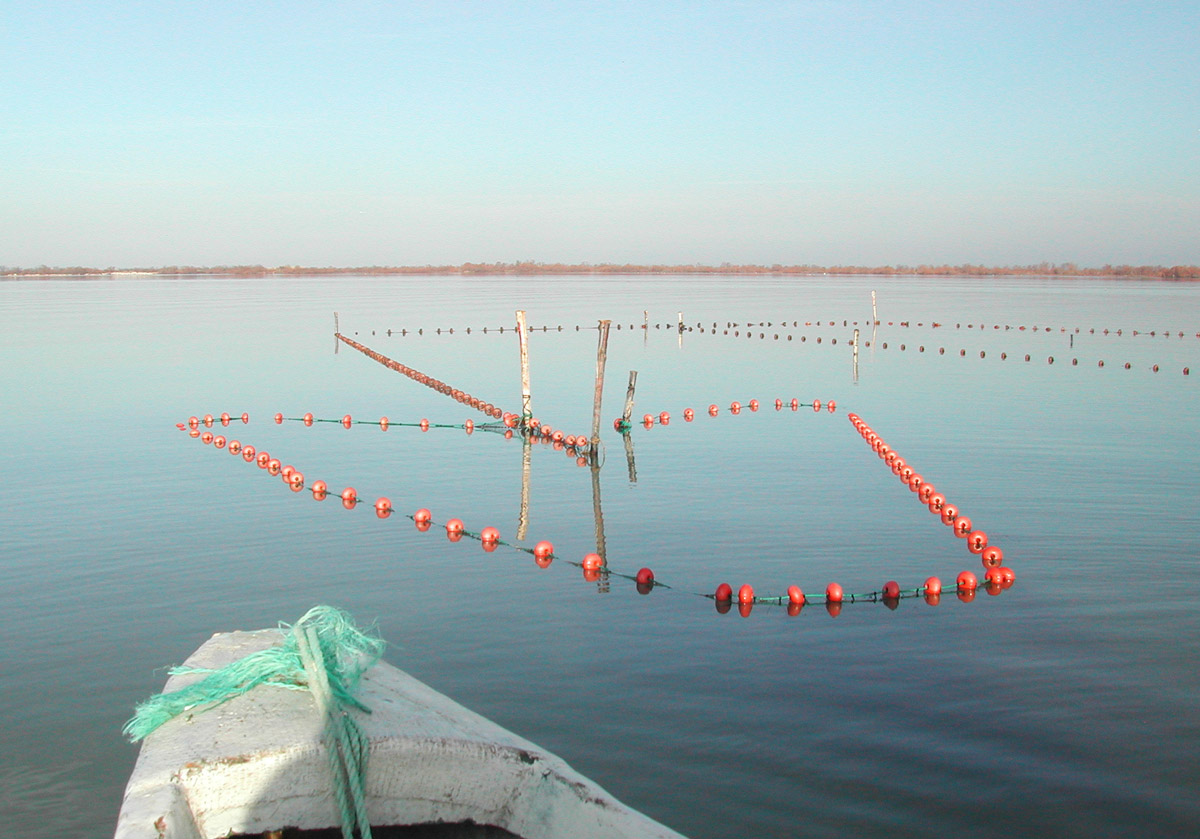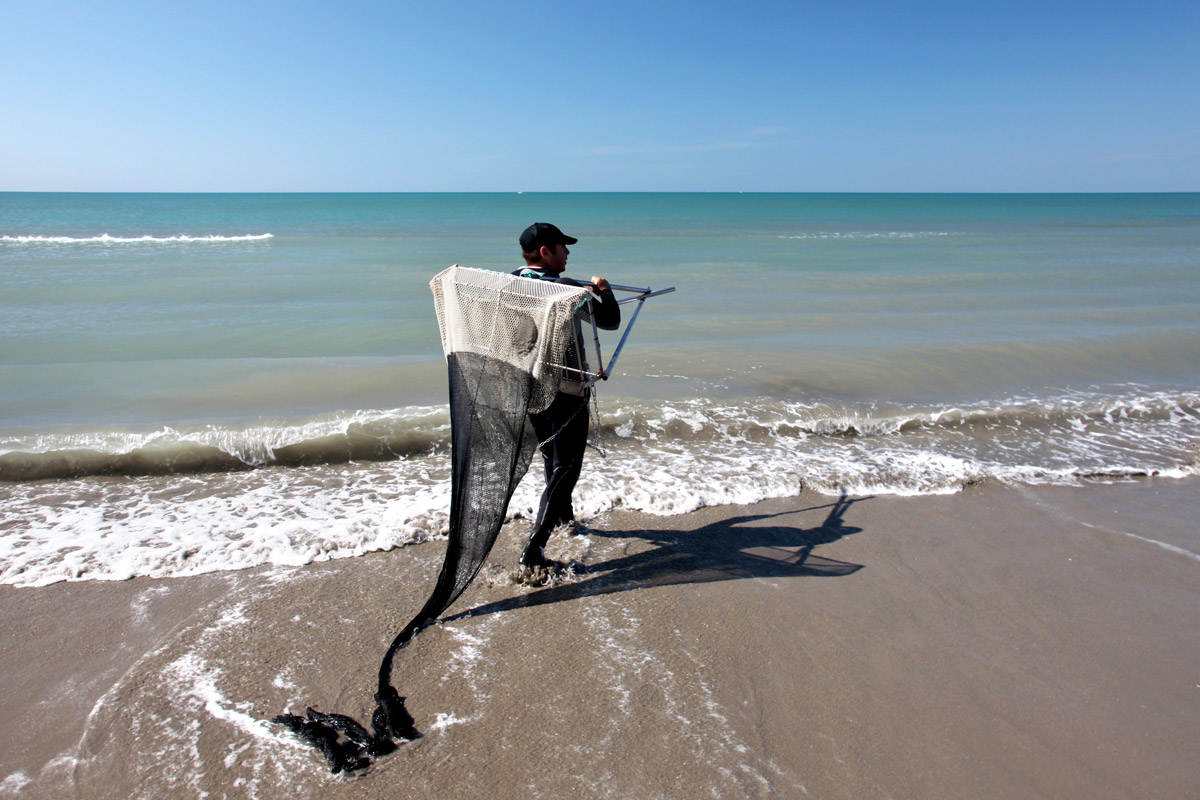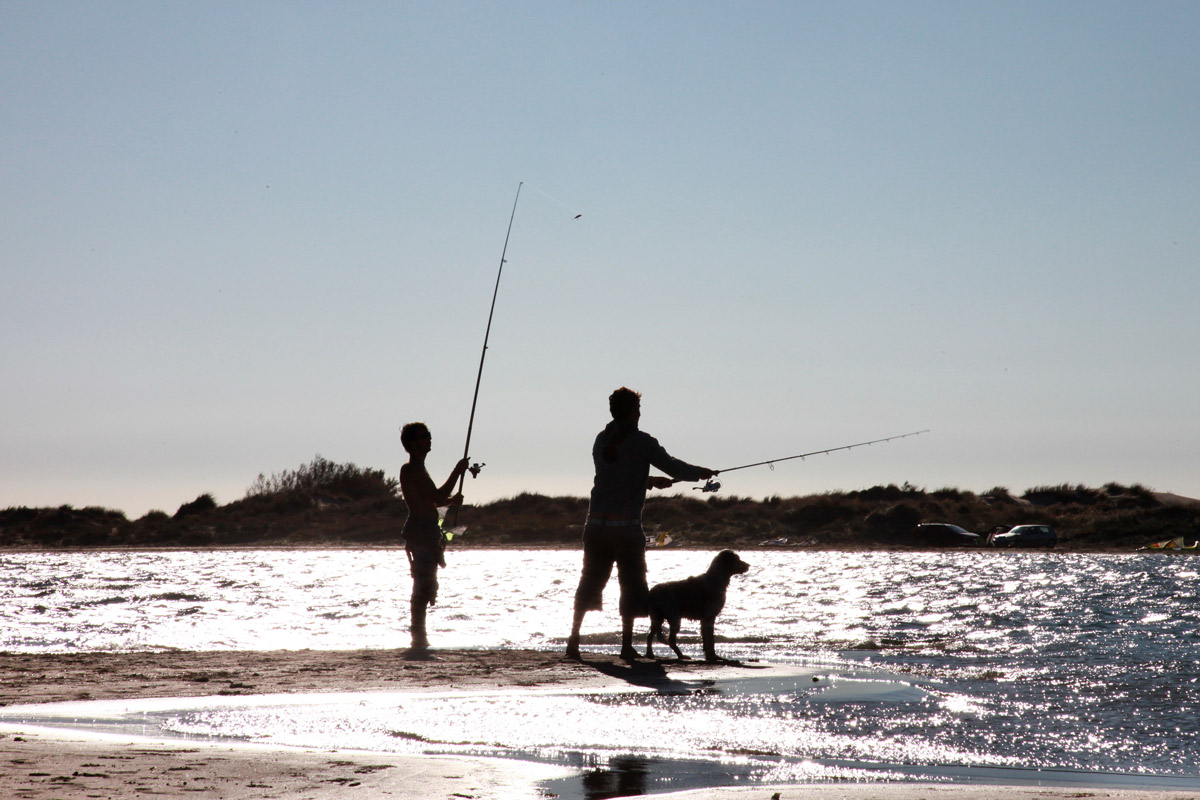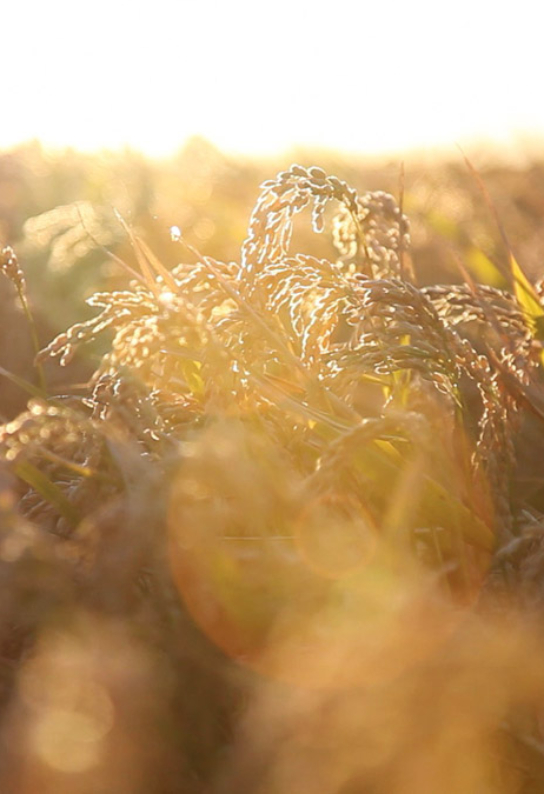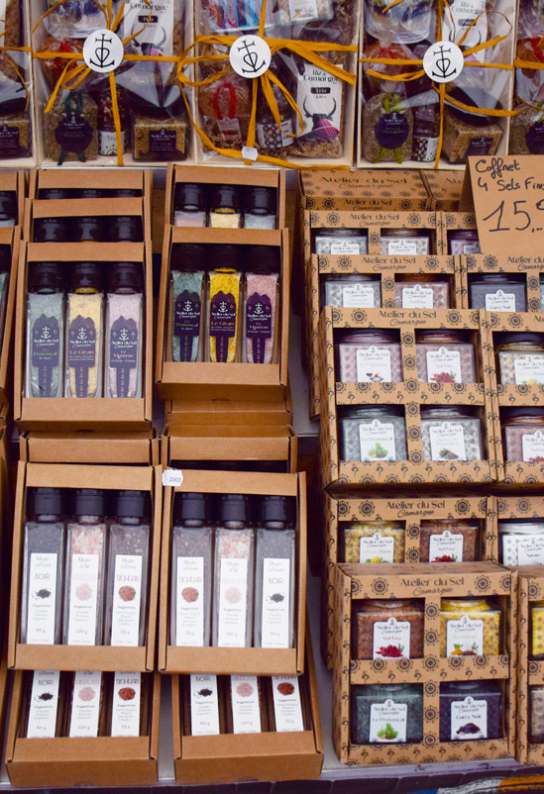Saltwater and freshwater: the Camargue has an abundant fishery resource exploited by men throughout time. At sea, in the branches of the Rhone, in the canals or ponds and marshes, the diversity of environments calls for different fishing techniques.
The seaside of the Camargue
Less than 20 boats cast their nets in the 3 mile zone to catch soles, rays, turbot, basses, daurades, grey mullets, gurnards and sargus. They are moored at the Port Gardian of Les Saintes-Marie-de-la-Mer, Port Saint-Louis or Beauduc.
The estimated catch landed in Les Saintes-Maries-de-la-Mer is around 60 tons of fish per year.
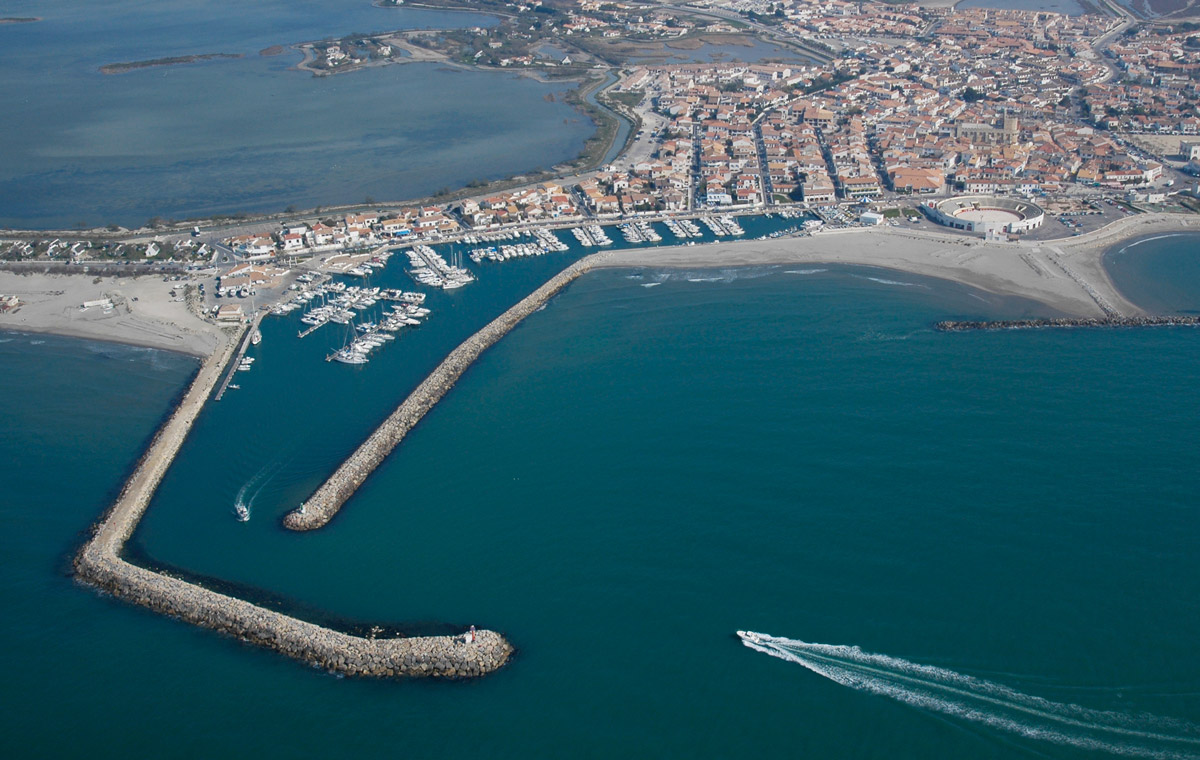
The riverside and marshes of the Camargue
Both branches of the Rhône offer a great range of fish among which you can also find migratory species that move between freshwater and the sea. Fishermen use driftnets and keepnets to catch basses, eels and mullets. In the ponds and marshes, fishermen set up passages in the grass to catch eels and small fry fish called Athèrines with wicker traps. The ponds and lagoons of the Camargue are not open for recreational fishing, only professional fishing is practiced on some specific spots.
A little shell, king of the beaches of the Camargue
Collecting tellinas used to bring complimentary income to fishermen when the sea was too rough to be sailed. Today, around 70 tellina fisher live fully from this activity. You might see them on the beaches collecting tiny shells with their tellinier, a blade scraping sand, extended with a mesh pocket. Tellinas are known for their fine flesh. They are a typical dish of the coastal Camargue. Fishing tellinas is strictly regulated in order to avoid any overuse.
Recreational fishing
If you want to go fishing in the sea or in freshwater, look for the right information. Even if general national rules apply, certain spots in the protected areas are prohibited from fishing. Ask the nearest tourism office or the Camargue Regional Natural Park the rules to know.
On a plate
In the Carteau Cove in Port Saint-Louis du Rhône shellfish farming area involves about fifty producers. They use the suspension breeding technique on around 100 tables spread over more than 1,700 hectares.
In this semi-lagoon environment, 2,500 to 3,000 tons of oysters and mussels are produced each year. Some productions are certified organic. Some farmers invite you to visit their shellfish Mas.
